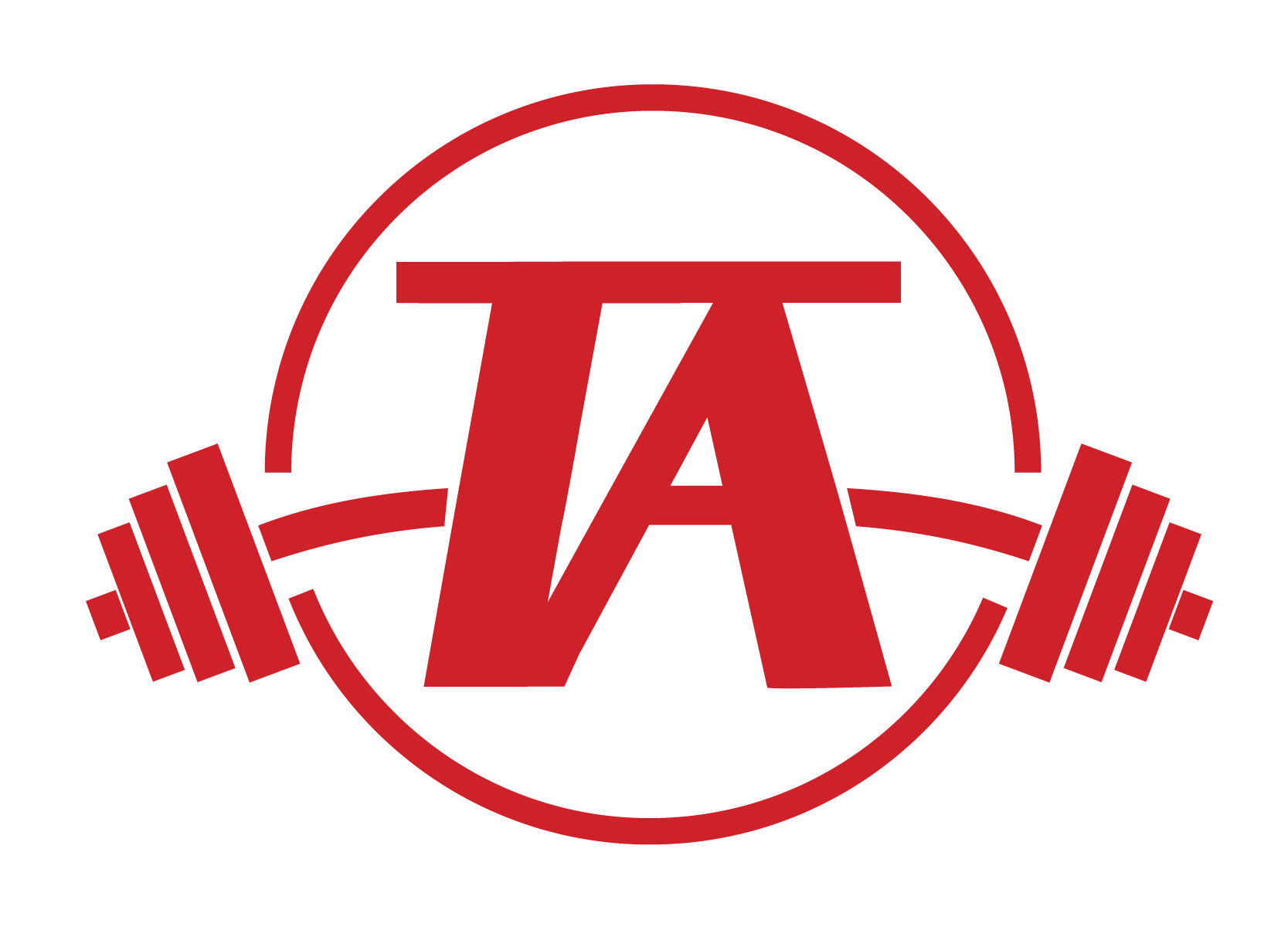In Part 1 of this series we covered the importance of developing skills and physical qualities that will help youth athletes reach their highest possible level long-term. In part 2 of this series we’ll be discussing the importance of gamifying as much of youth training as possible and measuring and tracking results.
Training is Fun
One of the most significant and obvious factors in developing baseball players to their highest possible level is time. The best way to encourage long term development is to make sure that the athletes love showing up to train and that they have fun when they’re there. At some point in the future there will be portions of training they may not enjoy, but by that point they will have fallen in love with the process, so the stage has already been set for them to buy in.
Utilizing Constraints
Constraints allow a coach to restrict the number of possible outcomes an athlete can achieve within a given movement. The constraints provide the guardrails and allow the athlete to move more naturally without having to overthink movement. This is where understanding explicit vs. implicit learning comes in to play. Explicit learning is very coach-focused and often involves a lot of verbal feedback and cueing, requiring the athlete to be internally focused on where their body is. Implicit learning, on the other hand, is athlete-focused and allows the athlete to find their own movement solutions without having to overthink movement. Research suggests that athletes who learn movements via implicit learning see better transfer to the field and are better able to withstand the psychological pressure of competition (Masters, 2011).
There are three types of constraints that can be manipulated: organismic, environmental, and task constraints.
For now, let’s focus on task constraints as they’re the most relevant to this article. Task constraints are specific to the action being performed and relate to the goal of the action and the rules governing said action (Glazier, 2015). Examples of task constraints are the distance of the mound to the plate and the size of the strike zone. We can design games around specific constraints to elicit specific results while keeping it fun and getting significantly more focus than we would without the game aspect.
Intensification and Game Preparation
While fun is an extremely important aspect of gamification, increasing the intensity of the focus and output as well as more specifically preparing athletes for the added pressure of a game are also critical aspects. The ability to perform at a high level under pressure is one of the biggest limiters for athletes going from a facility to the field. If we can recreate some of those challenging aspects in the gym the athletes will be better prepared for competitive scenarios on the field.
Measure, Track, and Publish
Measuring meaningful training metrics and tracking progress are relatively common practice for older athletes, but for youth athletes this is less common. “Rank and publish” is a concept popularized by Tony Holler and he primarily uses it in the context of sprint times. However, this can apply to throwing velocity, jump height and distance, or upper body ballistic movements.
Measuring, tracking, and publishing outputs helps drive competition, especially with athletes under the same roof, and this helps increase the intensity of each performance, which means greater stress induced and better adaptations. It also allows athletes to see improvement and get excited based on how they’ve improved individually, not just how they stack up against their peers. Finally, this gives coaches and trainers data to help adjust training as needed and gain a better understanding of what works and what does not in various situations and for various types of athletes.
Conclusion
Gamification of training for youth athletes helps drive long-term participation, keeps skill acquisition fun, and helps prepare athletes for higher pressure game situations. Measuring, tracking, and publishing progress helps show athletes what’s possible, keeps them motivated, and gives coaches tools to help make adjustments.
If you’d like to learn more about our youth training group, contact us and let’s get started!

